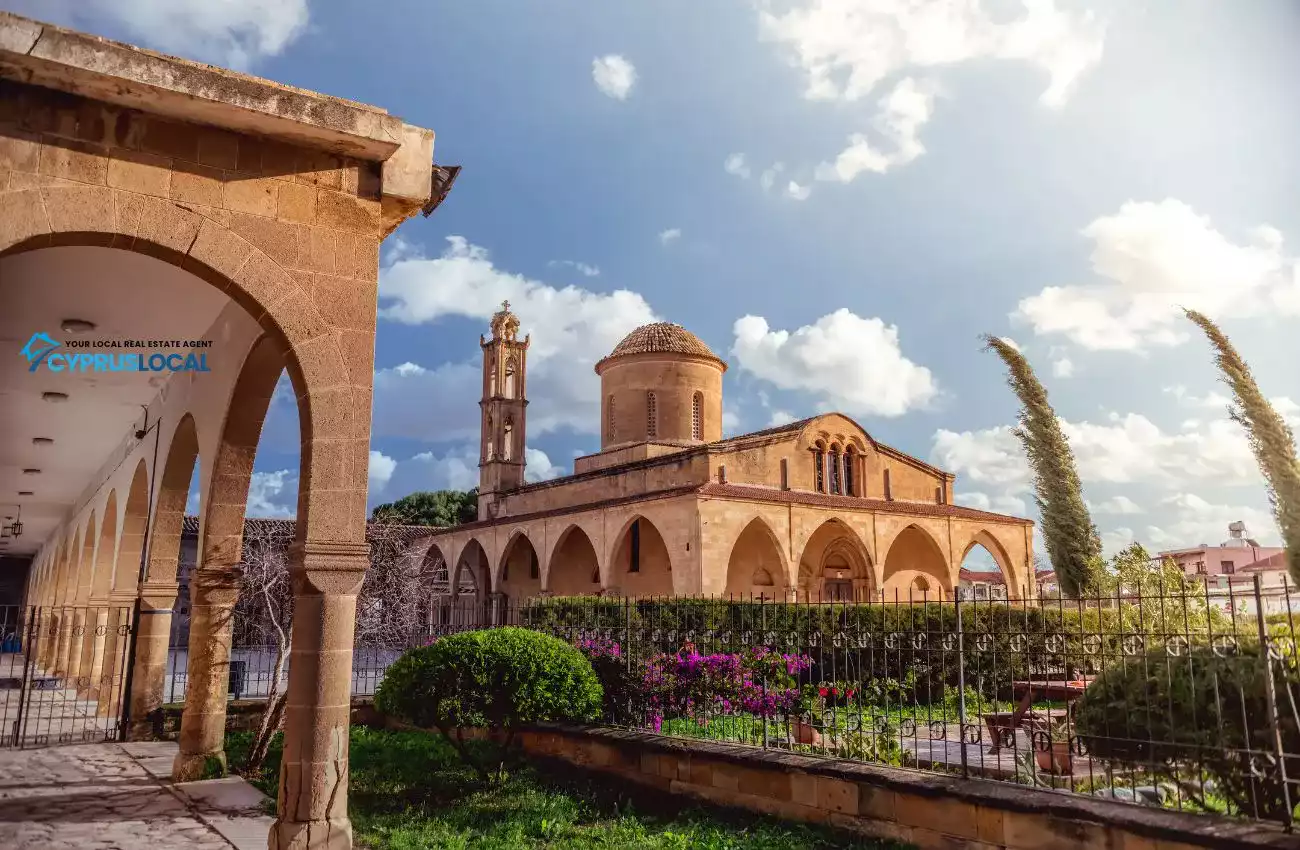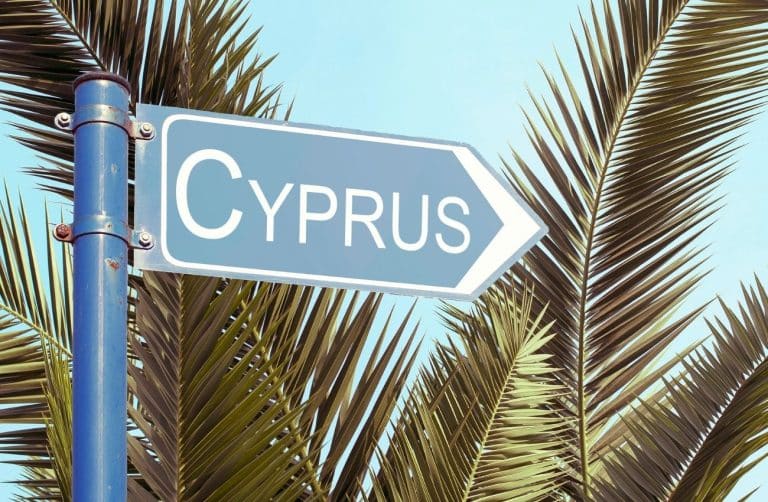Güzelyurt, also known as Morphou in Greek, is a town located in the northwestern part of Cyprus. Known for its fertile soil, citrus groves, and tranquil atmosphere, Güzelyurt holds a unique place in Cyprus’ historical and cultural landscape. While it may not be as large or as well-known as other cities on the island, such as Nicosia, Girne, or Famagusta, Güzelyurt’s history is equally rich, and its architecture reflects the various civilizations that have left their mark on the region.
Historical Overview
Ancient Origins: The Connection to Soli
The area surrounding modern-day Güzelyurt has been inhabited since ancient times. The most prominent ancient city near Güzelyurt is Soli, an important city-state in the classical and Hellenistic periods. Soli was founded in the 6th century BC, and its ruins can still be found a few kilometers west of Güzelyurt. The city of Soli played a significant role in Cyprus’ early history, especially during the Greek and Roman periods. It was one of the ten ancient kingdoms of Cyprus and a prominent city during the Hellenistic era, thriving through agriculture, mining, and trade.
Soli was known for its copper mines, which contributed significantly to its wealth and status in antiquity. In addition, the city was home to several important architectural and cultural achievements, most notably the Soli Basilica, a magnificent early Christian structure. The remains of this basilica, with its impressive mosaics, showcase the early spread of Christianity in Cyprus and give insight into the city’s religious life.
Byzantine Period: Early Christian Influence
With the rise of the Byzantine Empire in the 4th century AD, the region around Güzelyurt, including Soli, came under Byzantine control. The influence of Christianity grew stronger during this period, and many churches and religious buildings were constructed. As the seat of a bishopric, Soli became an important religious center, and many early Christian sites can still be found in the area.
However, the Byzantine period also saw the decline of Soli, partly due to Arab raids that plagued the Mediterranean in the 7th century. As Soli’s prominence faded, the surrounding areas, including what would later become Güzelyurt, gained more importance as agricultural centers. Despite the decline of the urban landscape, the Byzantine influence remained strong in the religious life and architectural remnants of the region.
Lusignan and Venetian Eras: A Period of Transformation
During the Lusignan period (1192-1489), Cyprus was ruled by a French noble family who brought Gothic architectural styles to the island. While Güzelyurt itself was not a major urban center during this time, the Lusignan rulers contributed to the development of agricultural estates in the region, recognizing the fertility of the land. The nearby town of Morphou, known for its rich agricultural output, thrived under Lusignan control.
When Cyprus fell under Venetian rule in 1489, the Venetians were primarily concerned with defending the island against the expanding Ottoman Empire. Although the Venetians focused their efforts on fortifying major cities like Famagusta and Nicosia, Güzelyurt remained a quiet, agrarian area. However, the architectural legacy of the Venetians is visible in the fortified farmhouses and estates that were built to protect against the ever-present threat of raids.
Ottoman Rule: A Flourishing of Agriculture and Islam
The most significant period of transformation for Güzelyurt came with the Ottoman conquest of Cyprus in 1571. Under Ottoman rule, the region experienced significant changes in terms of both population and architecture. The fertile lands of Güzelyurt were put to full use, and the town became famous for its citrus production, especially oranges, which continue to be a major economic activity to this day.
The arrival of Turkish settlers and the introduction of Islamic architecture significantly altered the cultural and architectural landscape of Güzelyurt. One of the most important Ottoman structures in the town is the Güzelyurt Mosque, which was built in the classical Ottoman architectural style. The mosque features a simple, rectangular structure with a single minaret, reflecting the traditional designs of small Ottoman mosques found throughout the empire. The mosque is still a central part of the town’s religious life today.
In addition to mosques, the Ottomans built fountains (known as “çeşme” in Turkish) throughout the town, many of which still exist. These fountains served both practical and decorative purposes, providing water for the town’s residents and adding to the aesthetic appeal of public spaces. The Ottomans also constructed public baths (hammams), which were an integral part of the social and cultural life of the period.
British Colonial Era: Modernization and Infrastructure
In 1878, Cyprus was leased to the British Empire, marking the beginning of another significant period in Güzelyurt’s history. Under British rule, many modern infrastructure projects were undertaken to improve the island’s agricultural output and governance. The British authorities recognized the potential of Güzelyurt’s fertile land and made efforts to enhance its agricultural production, particularly in citrus fruits. As a result, the town became one of the main agricultural hubs of Cyprus.
The British also introduced new architectural elements to the region. While Güzelyurt remained largely rural during this period, several colonial-style buildings were constructed, particularly for administrative purposes. These structures often combined neoclassical elements with local architectural traditions, characterized by simple facades, large windows, and spacious verandas. Some of these colonial-era buildings still stand today, reflecting the influence of British rule on the town’s architectural heritage.
Architectural Highlights of Güzelyurt
St. Mamas Monastery
One of the most important religious and architectural sites in Güzelyurt is the St. Mamas Monastery. St. Mamas is a significant figure in Cypriot Christianity, and the monastery dedicated to him is a place of pilgrimage for both Orthodox Christians and tourists alike. The monastery is a prime example of the Byzantine architectural style, although it underwent renovations during the Ottoman and British periods, which added elements from those eras to the structure.
The current building dates primarily from the 18th century, but it stands on the site of an earlier Byzantine church. The monastery is famous for its impressive collection of religious icons, some of which date back several centuries. The architecture of the monastery combines elements of Byzantine, Gothic, and Ottoman styles, reflecting the town’s layered history. Its domed roof, arched entrances, and ornate frescoes make it a key architectural and cultural landmark in Güzelyurt.
Güzelyurt Archaeological Museum
Housed within the St. Mamas Monastery complex, the Güzelyurt Archaeological Museum offers a fascinating insight into the history of the region. The museum contains artifacts from the Neolithic period, Bronze Age, and Classical Greek periods, showcasing the town’s long history. The building itself is a well-preserved example of Ottoman-era architecture, with its arched windows and stone walls offering a glimpse into the town’s past.
Traditional Ottoman Houses
Walking through the older parts of Güzelyurt, one can still see examples of traditional Ottoman-era houses. These houses are typically built from stone and feature wooden balconies, courtyards, and red-tiled roofs. The design of these homes reflects the Ottoman focus on creating comfortable, functional living spaces that could withstand the hot Mediterranean climate. Many of these homes have been restored and are still used as residences today, preserving the town’s historical charm.
Güzelyurt’s Modern Development
In recent decades, Güzelyurt has experienced significant modernization, with the construction of new residential and commercial buildings. However, the town has managed to retain its traditional charm, particularly in its Old Town, where many historical buildings have been preserved and restored. The modern architecture in Güzelyurt tends to blend with its surroundings, respecting the town’s cultural heritage while providing the infrastructure necessary for modern living.
The town’s annual Orange Festival, held every summer, is a celebration of Güzelyurt’s agricultural heritage, attracting visitors from all over the island. The festival also showcases the town’s traditional architecture, as many events take place in the heart of the old town, where Ottoman houses and British colonial buildings provide a picturesque backdrop.
Conclusion
Güzelyurt is a town where history and architecture come together to create a unique and captivating destination. From the ancient city of Soli to the Ottoman-era mosques and the British colonial buildings, Güzelyurt’s architectural landscape reflects the many different civilizations that have influenced the region over the centuries. Today, as the town continues to modernize, it remains proud of its rich history, offering visitors a glimpse into the past while embracing the future.





